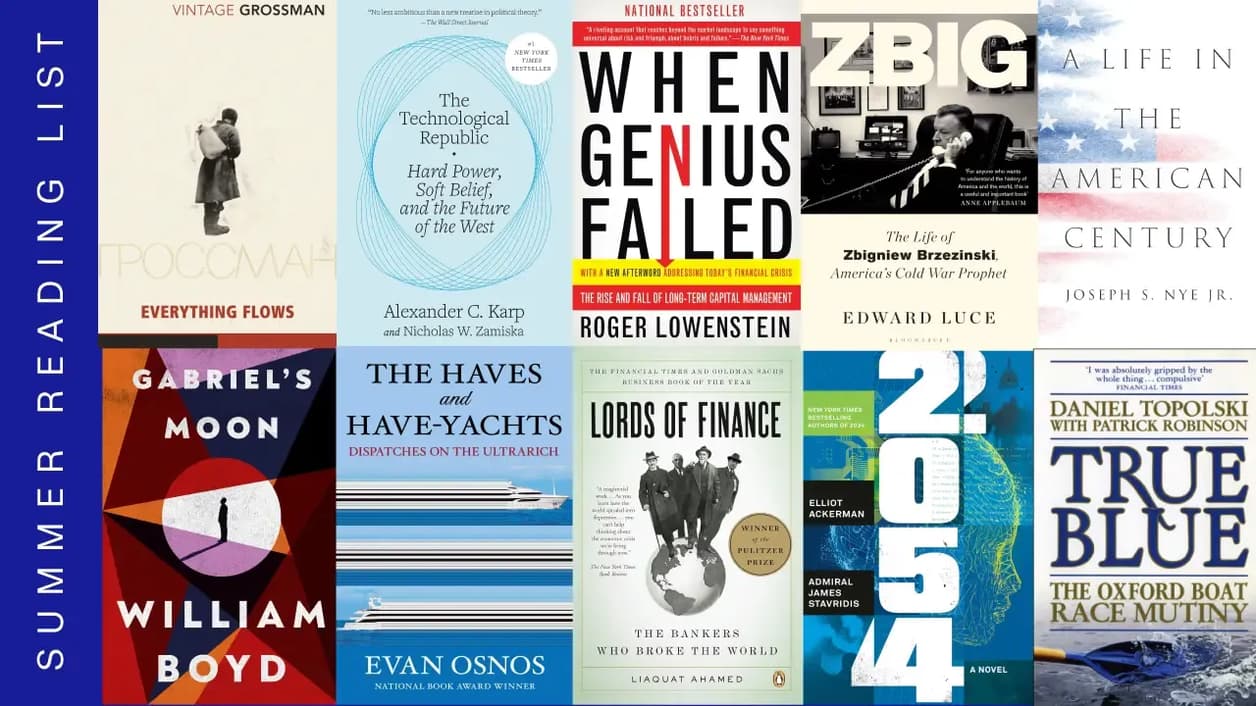
Private equity has historically produced impressive returns compared to other asset classes. Figure 1 shows the performance of private equity as calculated by Cambridge Associates’ private equity quarterly index, charted along with quarterly total returns of the S&P 500 index.
Figure 1: CA Private Equity Index vs. S&P 500 TR Index Historical Performance, as of Q2 2019¹

Source: Cambridge Associates, 2019 and Yahoo Finance.
Is allocating to private equity at a later stage of the business cycle still the optimal asset allocation strategy? Based on past charts one could make that argument. Even in the event of the 2008 market crash, private equity exhibited better results compared to public equities. Compared to the S&P 500, private equity not only exhibited a lower maximum drawdown but also a faster relevant recovery time, drawing less impact on investor returns. Private equity strategies also tend to navigate muted market dislocations more favorably than public equities. Since 2001, private funds outperformed the S&P 500 Total Return (TR) Index in 19 of the 20 quarters in which public equity returns were negative, showing an average outperformance of 4.6% during these periods.²
Figure 2: CA Private Equity Index vs. S&P 500 TR Index Drawdown Metrics

Source: Cambridge Associates, 2019 and Yahoo Finance. Data from 2000 to Q2 2019. Moonfare Analysis.
Apart from being more insulated from the ups and downs of marking to market and less exposure to investment flows driven by short-term traders, there is also often a qualitative difference in the capacities of the underlying companies to respond to downside scenarios. A study conducted by Harvard, Stanford and Northwestern for the US National Bureau of Economic Research examined the difference in performance between those companies that were backed by private equity funds against those that were not. The results revealed that during the 2008 financial crisis, the private equity-backed companies experienced more equity and debt inflows leading to “higher asset growth and increased market share during the crisis”.³
This could be explained by the willingness and capacity of private equity funds to support their portfolio companies via operational know-how and financial resources, enabling them to better respond on aggregate to the adverse economic environment.
Footnotes
- ¹ Private equity index data from Cambridge Associates. The CA Private Equity Index is a pooled horizon IRR calculation based on quarterly data compiled from 2,193 private equity funds (buyout and growth equity), including fully liquidated partnerships, formed between 1986 and 2019. S&P 500 Total Return Index data from Yahoo Finance. S&P 500 TR Index data are annual compounded return calculations and are shown for reference and directional purposes only. The CA PE Index is not an investable index and is used solely for illustrative purposes. Both indices based at 100 as of 01/01/2000.
- ² Pitchbook, 2019.
- ³ Bernstein, Lerner, and Mezzanotti, 2018





